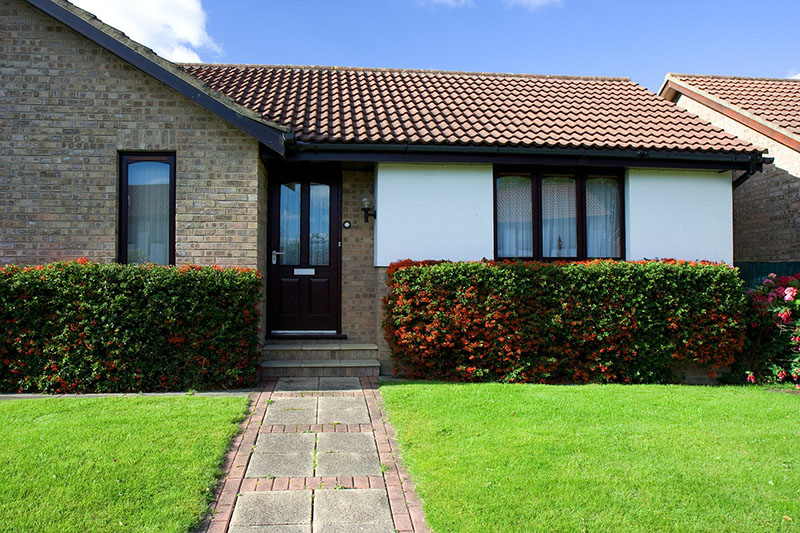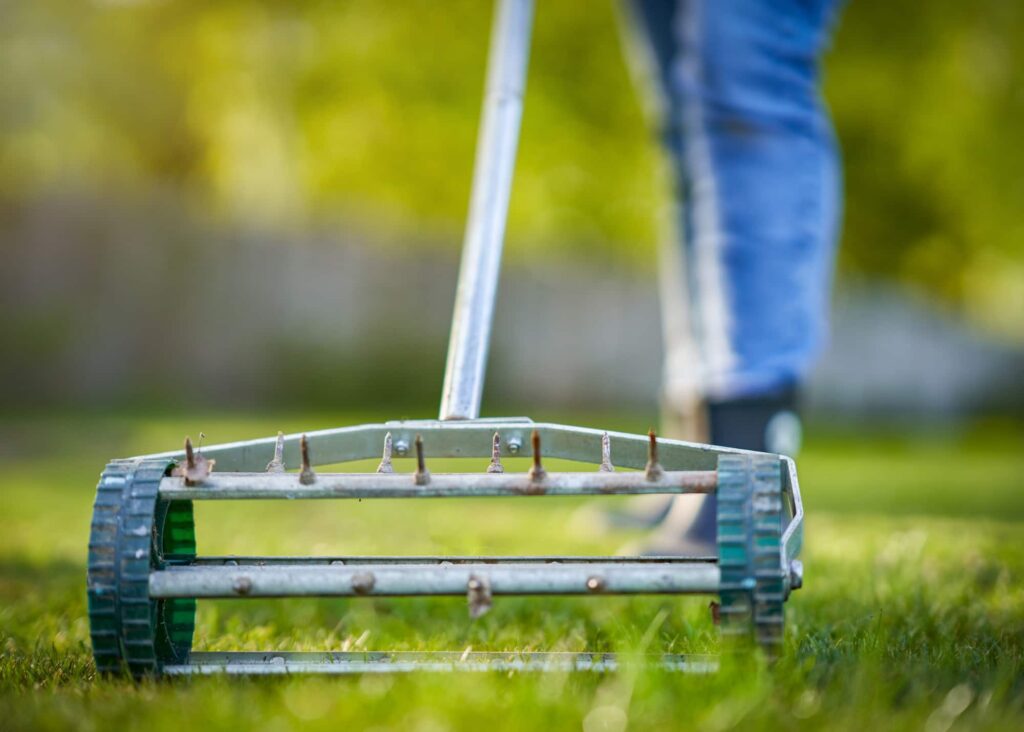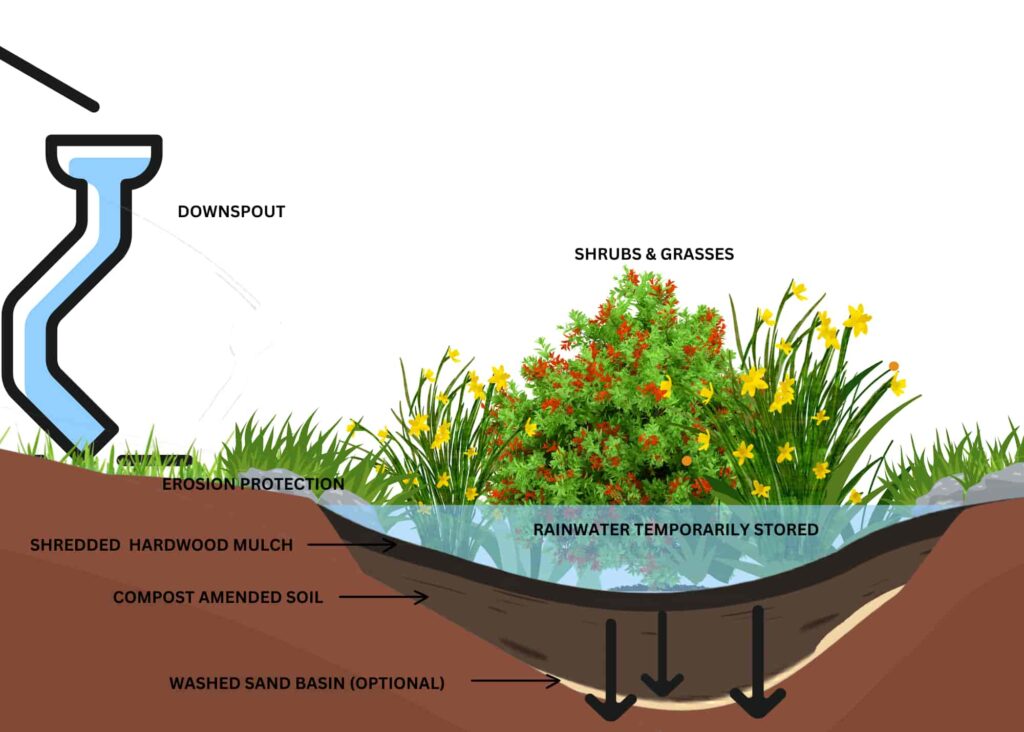A Complete Guide to Lawn Rehabilitation

Have you been at war with your lawn?
Have you relentlessly tried to rejuvenate its beauty and revive its green color but can’t quite seem to keep up with it?
Do you dream about thick, luscious, green grass that would be the envy of everyone in the neighborhood?
Have you been losing a battle with the weeds and fungus in your yard for a while now?
Well, then it might be time to start over from scratch. Sometimes, a fresh start will solve a lot of common lawn problems. We have some low-maintenance garden concepts for you that can help in creating that fresh result.
If restoring your lawn has been on your list of things to do for a while, we are here to help guide you through it. As landscape builders in Hinsdale, we’ve helped many homeowners turn their backyard from a weeding headache to a lush, green carpet.
For those looking to rehabilitate their lawn, our guide can help you through the process. Since we live in Illinois where winters are harsh and can last long, timing is important when it comes to lawn restoration.
Also, patience will serve you well during this process. Your lawn won’t be beautiful overnight. It takes time. It takes dedication, perseverance, and hard work. Depending on the condition, rehabilitating a damaged lawn takes on average two years.
Table of Contents
Starting Over
Step 1: To begin your lawn restoration, we recommend killing your lawn in August. Start by spraying a non-selective herbicide over the whole lawn. Wait for the herbicide to activate before moving to Step 2 (usually a week to ten days).
Step 2: Create a seedbed by power raking. This creates a foundation for the new grass to grow.
Step 3: Rake off any debris. This takes quite a bit of time and effort, and you may need a team to come in and help you if you don’t quite have the ability to do it yourself. This work is quite labor-intensive, but it’s a necessary step as it creates a seedbed for seed to soil contact. As you rake, feel free to add the dead grass for your compost pile.
Step 4: Use a drop spreader to apply grass seed. Seed can be easily carried off-site with a light wind. Divide your seed in half and then start applying it in a north/south direction and then east/west. Kentucky bluegrass turfs require a total of two to three pounds of seed per 1,000 square feet.
Keep it Moist
Once the seed is in place, the goal is to water the depth of the root system, keeping the roots hydrated. The new roots are going to be shallow. In order to promote proper growth, we recommend irrigating several times per day. The upper inch must remain moist, but not soggy or dry. There is a delicate balance. Keeping it at this happy medium will ensure the right amount of hydration in your soil.
For Kentucky bluegrass lawns, the average time to germination is about three weeks. It’s crucial to continue lightly watering frequently up until all seed is germinated. If you neglect to water enough, your lawn will be clumpy and thin, and your hard work will have been for nothing.
Once the new turfgrass plants are about a half-inch tall, it’s time to use a starter fertilizer. These nutrients encourage lawn thickening for the next few weeks.
Note: If your lawn needs overseeding, the process is very similar, although spraying the lawn (Step 1) is skipped.
If your lawn is just slightly on the thin side, go ahead and apply one-half to three-quarters pounds of a slow-release nitrogen fertilizer product and spot spray broadleaf weeds that may have invaded due to the voids in the lawn. Always remember to handle pesticides with caution.

DOWNLOAD OUR FREE
Ultimate Drainage Buyer’s Guide
- Expert Tips and Tricks
- Design Inspiration
- Budget-Friendly Solutions
- Seasonal Maintenance Guide
Mowing New Grass
When seedlings are about three to four inches tall, mow to a height of three inches with a sharp mower blade while the grass is dry. Keeping your new grass at a height of about three inches promotes healthy root establishment, essential for creating and sustaining healthy turf. If you wish for a healthier garden or yard, you should ask yourself what type of lawn is a better option, and if you choose organic, you should learn about organic lawn care as it can help a lot along the way.
Continue to Feed the Lawn
A few weeks after seeding, re-apply your starter fertilizer. After another four weeks, apply a really good fertilizer that will boost root growth and supply vital nutrients to the soil. This will help the grass grow in nicely, and you’ll be well on your way to a healthy and beautiful lawn.
While you are in the process of reviving your lawn, it may be the perfect time to think about your landscaping and how you can take your yard to the next level. Is it time to add a barbeque? Are there areas in your yard that are always shaded that might be better suited for stone rather than grass? Is it time to plant trees? Whatever it is that you’re envisioning for your landscape, we’d love to chat about your options and desires.
Following these nine essential elements for landscape design will create a solid foundation










